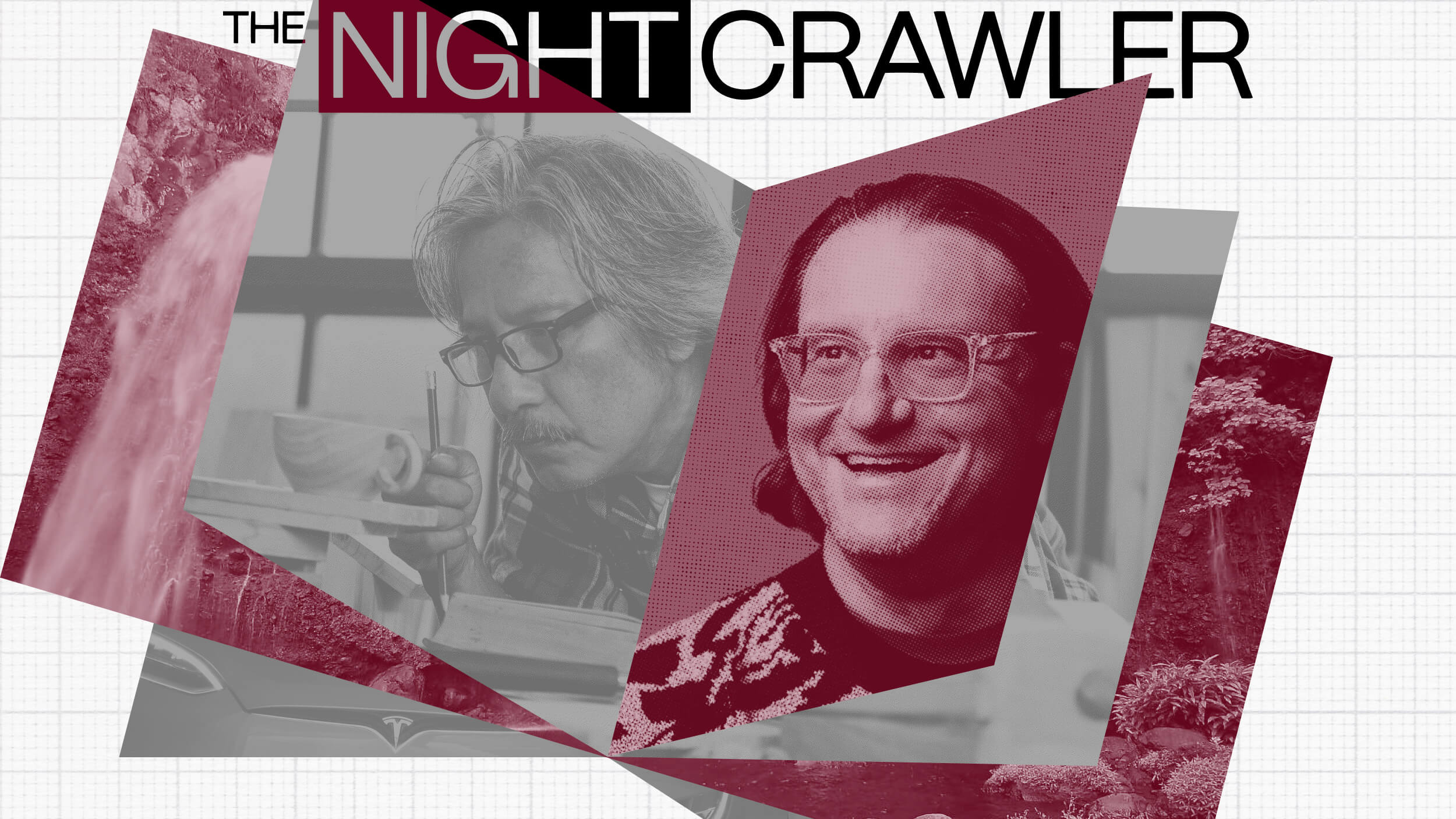The farmers’ market pioneer explains why she and her family drink unpasteurized, unhomogenized milk, and why the rewards outweigh the risks.
Question: Why are you such a rnbig fan ofrndairy?
rnrnrnrnNina Planck: rnI’m arngreat fan of dairy products for humans, in general. But dairy is a very rncomplexrnfood socially and nutritionally and culturally and so it requires a rnlittlernbit… that statement requires arnlittle bit of unpacking. Many,rnmany cultures thrive on dairy products of all kinds. Thern best dairy products are traditional, so they come fromrngrass-fed cows. The milk isrnun-homogenized. The milk isrnideally unpasteurized or raw because there are many heat-sensitive rnnutrients inrnmilk and then those dairy products are often prepared in traditional rnways, sornusually fermented or cultured, made into cheese or yogurt or butter, rnwhich isrnreally just removing everything but the fat, ghee, which is truly rneverythingrnbut the fat. So we start there. Thern best dairy is traditional and isrnoften prepared in a way that makes it more digestible for people who arern notrnaccustomed to consuming fresh dairy products in adulthood. rn
rnrnSorn it has beenrnsuggested that many people are lactose-intolerant. Thisrn isn’t really accurate. What we’re actually rndescribing is in adulthood we stoprnproducing lactase, the enzyme which helps us breakdown fresh milk. We’re all born producing lots and lotsrnof lactase because we are mammals and we’re breast-fed traditionally. rnSo in arnfew cultures the adults carryon producing this enzyme, which allows themrn torndigest fresh milk, but particularly if they lived in hot cultures they rnweren’trnable to keep fresh milk from spoiling hence, the production of yogurt rnand otherrnthings to keep fresh milk around for more than a day or two. So if you rnhave a lookrnyou can find actually the ability to continue to produce lactase in rnadulthoodrnhas arisen as a genetic capacity, as a competence of the human body in rnmultiplernplaces in human history, so lots of people can produce the lactase to rndigestrnfresh milk and a number of those genetic mutations, for that is what rnthey are,rnhave occurred in Africa as well. rnSo the idea that I’m Asian or I’m African, of African or Asian rnorigin,rnand I can’t digest milk is simply untrue. rnThat said, there are cultures who thrive without dairy products rnaltogether. There are some in Asia. And it is rnquite possibly to feed a human beautifully without consuming anyrndairy products. So the question is where to get the nutrients dairy rnproductsrncontain.In the historic,rntraditional fairly recent American diet dairy products are just flat-outrn one ofrnthe best sources of fat-soluble vitamins A and D and of calcium. They’re a beautiful, beautiful,rnbeautiful balanced recipe for protein, fat and carbohydrates, which is rnone ofrnthe reasons I love milk for children and pregnant women and nursingrnmothers. And you can, if you needrnto, get these nutrients somewhere else, so the place to get them if you rndon’trnthrive on or care for dairy products in bone broth for the calcium and rnotherrnminerals, so chicken soup, beef broth, veal stock. And the vitamins A rnand Drnyou’ll get from seafood and pork products, egg yolks too.
Question: Is it really safe torn drink raw,rnunpasteurized milk?
rnrnrnrnNina Planck: rnWellrnthe first thing to understand about the FDA is that the USDA and FDA andrn otherrngovernment institutions are very critical of traditional foods. Without actually applying objectivernstandards to how those traditional foods might be prepared in a safe andrnhealthy and hygienic manner and so all their numbers on raw milk arerndubious. There are a number ofrnfood borne contaminants and illnesses, which are pose a much, much rngreater riskrnto you and me statistically than the consumption of raw milk.
rnThat said, if you choose to consumerntraditional foods such as raw fish, which I eat, or raw milk, which I rndrink andrnmy whole family drinks – including our children – you need to be rnabsolutely surernof the source and find someone who cares a great deal about traditional rnmethodsrnof production and hygiene. So whyrndo we drink raw milk even though there is a small chance we’ll get sick? Well I find first after doing all myrnresearch that I trust the traditional food chain more than I trust thernindustrial food chain. There are arnnumber or risks from eating industrial food and I try to minimize and rnavoidrnthose risks too. We drink raw milkrnsimply because it’s got more good food in it, so there are a couple of rnheat-sensitive nutrients in raw milk, which are of interest. One is heat-sensitive vitamins. Somern of the B vitamins are damaged byrnpasteurization. Another is thatrnthe fats are rather delicate in milk. rnThe omega-3 fats are sensitive to heat and there will be omega-3 rnfats inrngrass-fed milk and so it’s nice to preserve those. Anotherrn is enzymes, which help you digest the otherrnnutrients in milk, so here are some enzymes which are deactivated or rnotherwisernsomehow limited after pasteurization. rnLipase, which helps you digest lipids or fats. Phosphatase, whichrn helpsrnyou absorb calcium, a key nutrient in milk, which is why raw milk rncontains morernavailable calcium. And our old friend lactase, the enzyme that helps yourn digestrnlactose, the basic carbohydrate in milk and there are tons of milk rnsugars, butrnlactose is the big one, is damaged by pasteurization. So I have met not arn fewrnpeople who say they were doubled over from gut pain when they drank milkrn andrnconcluded they were so-called lactose-intolerant, who drank fresh, rnclean, raw milkrnwithout any trouble. Well, itrncontains plenty of lactase.
rnrnrnQuestion: What's so great rnabout organicrneggs?
rnrnrnrnNina Planck: rnTherernis a lot to understand about real eggs and industrial eggs and there is arn vastrndifference between them. That said, I want my bumper sticker to be that rneggsrnare real food and everyone should eat real food because they are also a rngreatrnfood. A whole fresh egg – that isrnthe yolk, the white inside the shell – they’re a great frugal real food.rn So ifrnyou’re anywhere near the poverty line eat eggs anyway wherever you can rnfindrnthem, just don’t eat some kind of fake egg or re-engineered and rnreassembled egg.
rn
So now what is the best egg? An rnindustrial egg comes from arnchicken. She is in a little cagernwith some other chickens. There are… rnI have been on chicken farms where the farmer was boasting the hern putrnonly three hens in a cage, which actually permits nine. Thern chickens were still on top of eachrnother. She never goesrnoutdoors. Artificial light tellsrnher little ovaries when to lay an egg and she is fed chickenfeed that rnmayrncontain other animal parts. It mayrncontain plate waste or parts of pigs or cattle or other chicken. And rnthat isrnbecause the chicken is an omnivore. rnShe can’t live on grass and plants alone. Shern needs some protein. She needs some bugs. rnShe needs some corn and other grain and her eggs are – in rnaddition torncausing suffering to the laying hen herself – her eggs lack the rich rnvitamin Arnthat she would get from eating the beta-carotene in grass and they lack rnthernomega-3 fats, which she would get from eating worms and bugs if she werernactually running around.
rnrnrnrnrnrnrnSo,rn then we havernorganic eggs, which are typically fed vegetarian feed. Thatrn is a good thing because they’rernnot eating other ground up animals. rnIt’s a bad thing because chickens really do want to be outside rnand ifrnthey had been outside a little they would have eaten a worm. They wouldn’t be strictlyrnvegetarian. You might find a freernrange on the label with or without the term organic. She’llrn be eating organic feed, so there are no pesticides inrnher feed, which is a good thing. rnIf you see the term "free-range" this merely means that she is rnnot cagedrnand there is a wide range of actual practices, which attach to the labelrn "free-range." So "free-range" is better, but not necessarily great. It doesn’t mean necessarily that sherngoes outside and so the happiest hen with the healthiest eggs for you isrn a so-called "pastured hen" and it means that she goes outside and in rnthe dead of thernwinter they can send them outside too. rnThere is not a lot to eat out there in say upstate New York, rnwhich is myrnregion in the dead of winter. Irnknow farmers who throw alfalfa sprouts and other things over the side, rnso theirrnchickens are getting some greenery. rnScratching in the dirt is what chickens love most of all and rnthey’ll dornit even in the snow, so look for the term "pastured" if you can.




